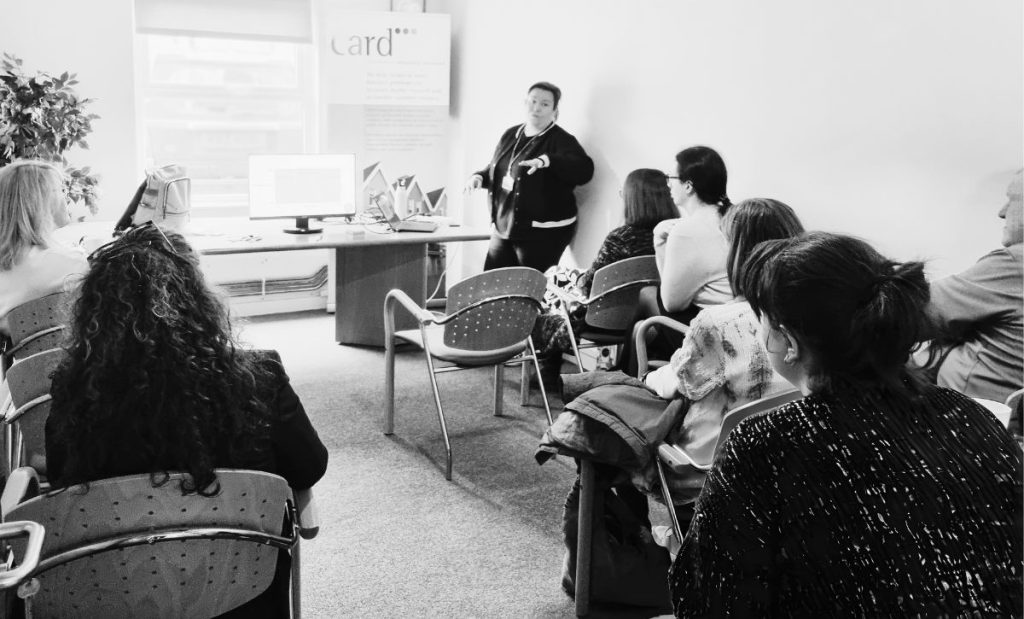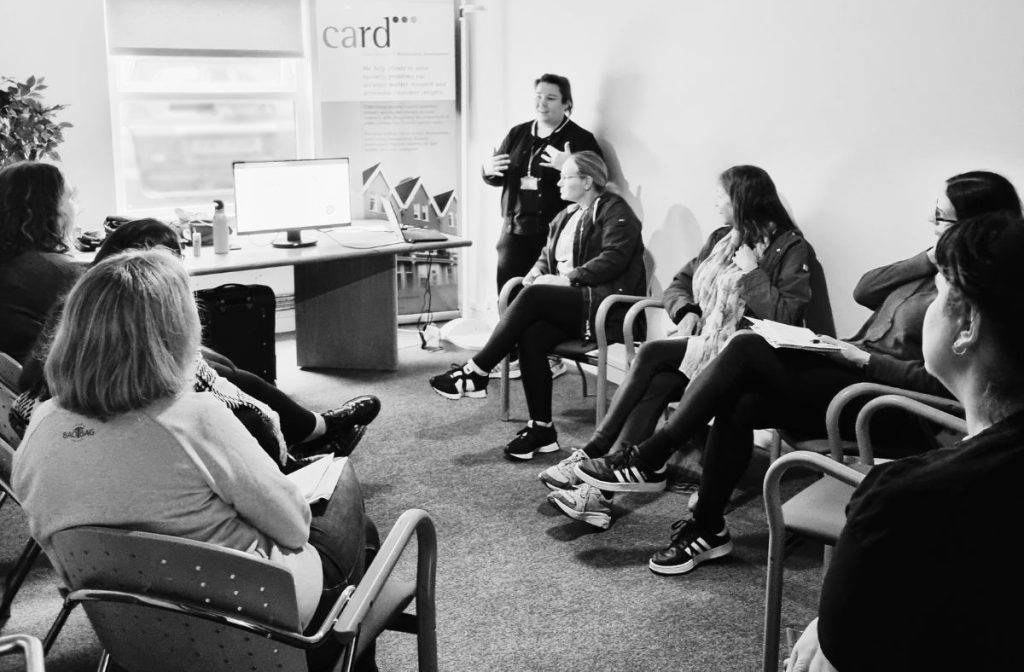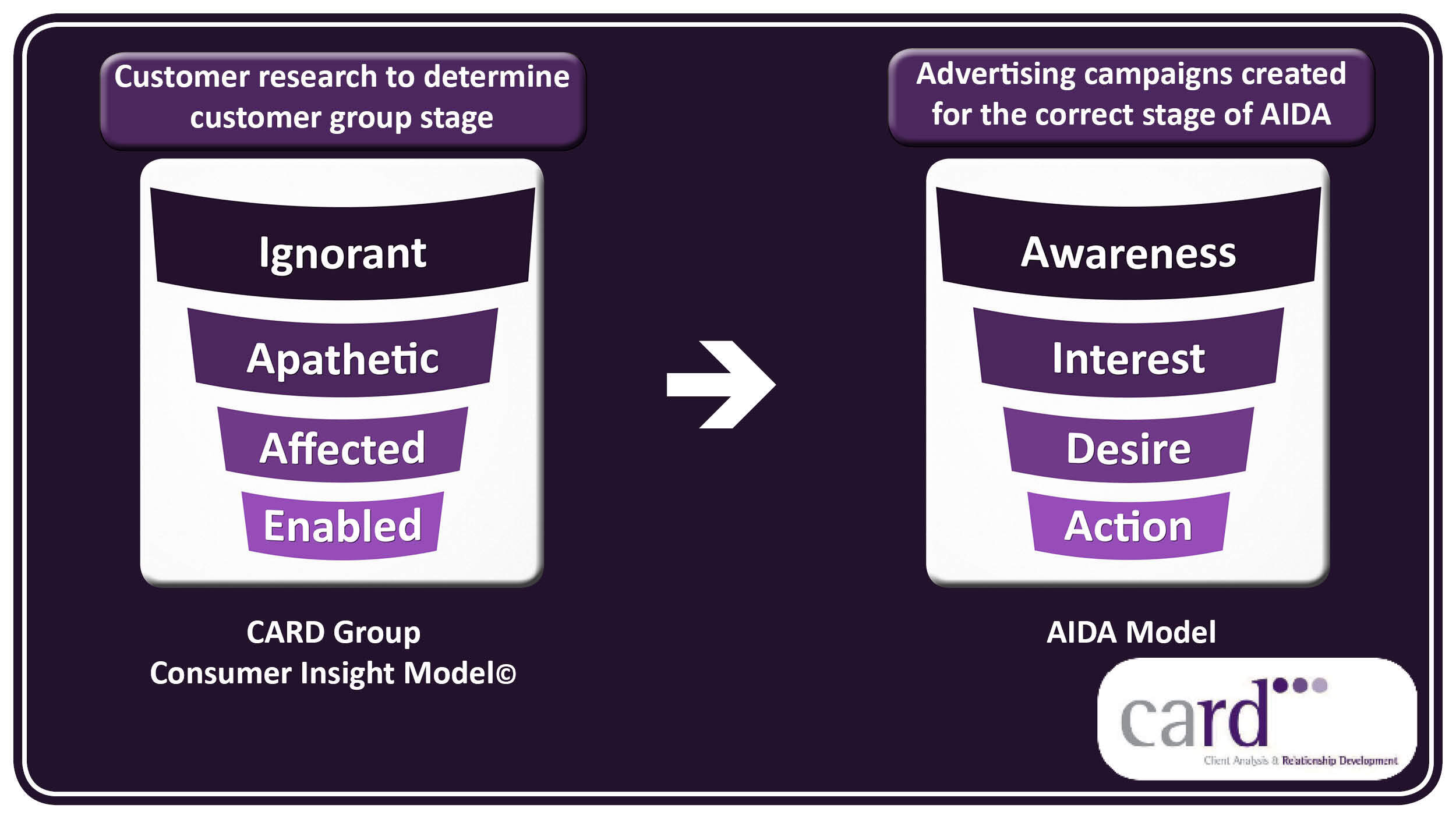Enhancing Employee Wellbeing with NICHS Work Well Live Well
Comments Off on Enhancing Employee Wellbeing with NICHS Work Well Live WellAt CARD Group Research & Insight, we understand that our employees’ health and well-being are paramount to their success and happiness in and out of the workplace. We’ve partnered with Northern Ireland Chest Heart & Stroke (NICHS) through their Work Well Live Well programme. The programme provides support and resources aimed at promoting a healthier lifestyle for our team members.
We hope to improve employee health and wellness by offering a range of initiatives, organised by our Research Officer and Wellbeing champion, Roxy Thompson, to help employees take more control over their health and make positive lifestyle changes. From informative wellness talks to personalised health checks, our partnership with NICHS has brought invaluable resources directly to our team.
The series of Wellness Talks, delivered by Jennifer Johnson from NICHS, covered topics such as Heart Health, Healthy Eating on a Budget, and Stress Management. These talks have equipped our employees with the practical knowledge and tools to improve their overall well-being.
Our Research Assistant, Aimee McDaid said “I had no idea that my heart health could be impacted by how much sleep I receive each night until the Heart Health talk. I now try to ensure that I achieve my full eight hours. The wellness talks have been incredibly insightful, not only giving me new ideas for a healthier lifestyle, but also reminding me of what I already know, and inspiring me to prioritise my health.”



In addition to the wellness talks, we’ve also offered our team members access to Well Checks, which provide a comprehensive assessment of key health indicators including blood pressure, cholesterol, and blood sugar levels. These checks help detect early warning signs of potential health issues and provide personalised lifestyle advice tailored to each individual’s needs. Together with NICHS, we’re committed to empowering our employees to thrive personally and professionally.
“Our commitment to employee wellbeing extends beyond just providing resources; it’s about fostering a culture of support and encouragement,” said our Director of Corporate Services, Aoife Hamilton. “With our investment in programmes like Work Well Live Well, we aim to enhance the health and happiness of our team as well as to create a more positive and productive work environment.”Following positive feedback from our team, we highly recommend the NICHS programme. If you’re interested in learning more about how to partner with NICHS and improve employee wellbeing, visit the NICAS website for more information on their Work Well Live Well programme.
